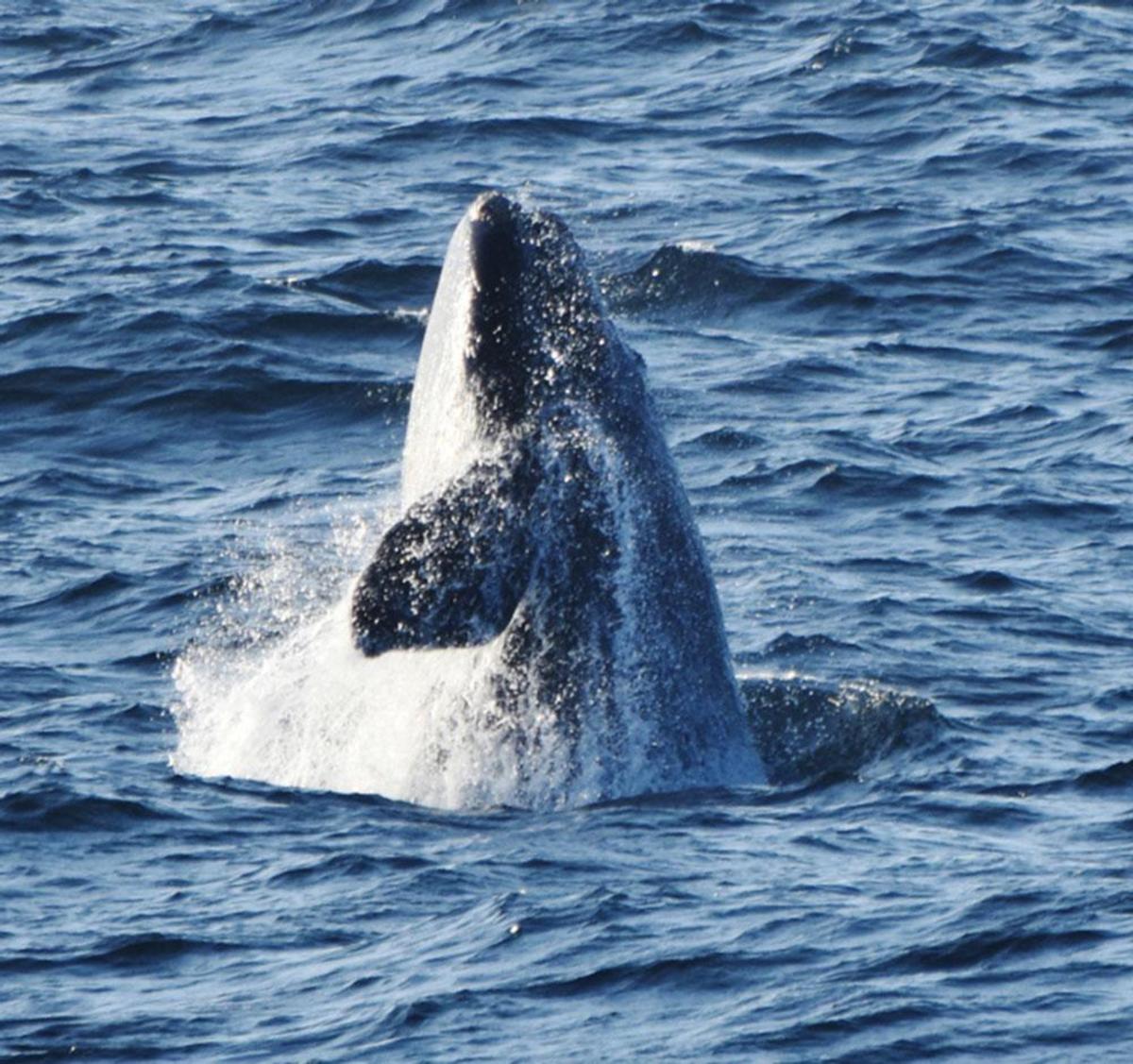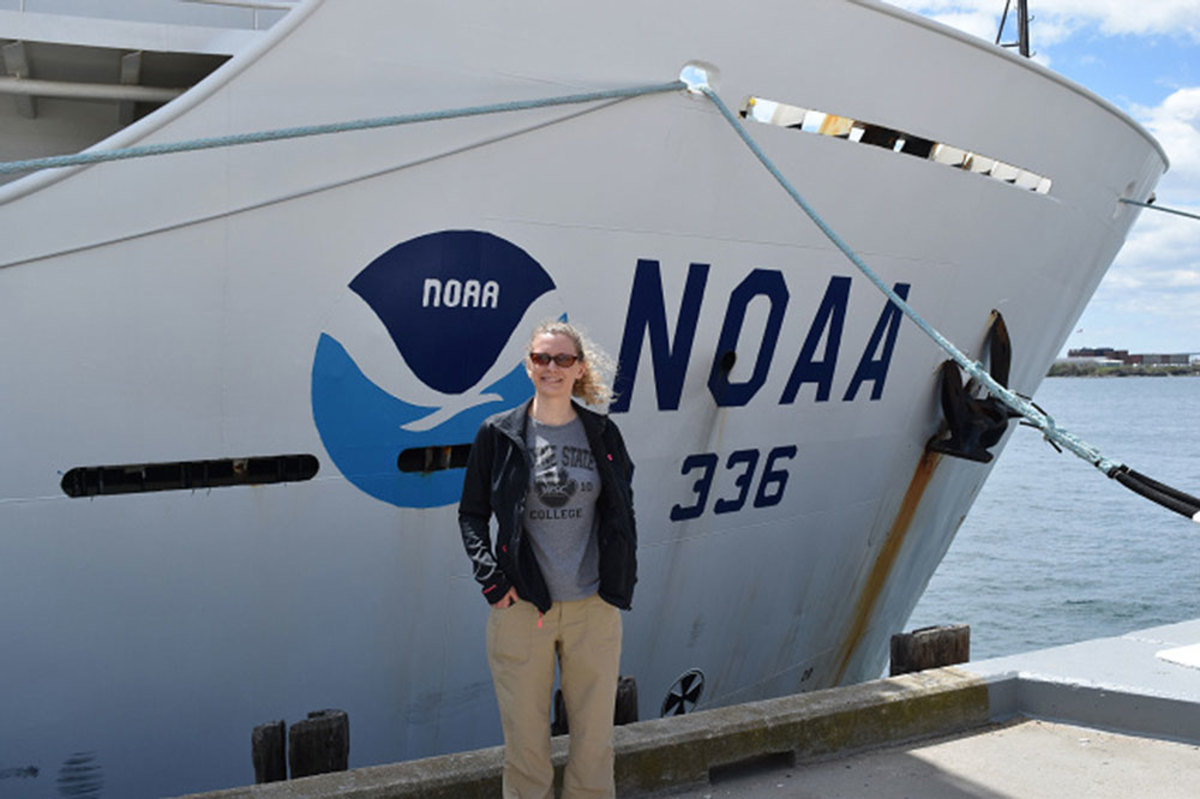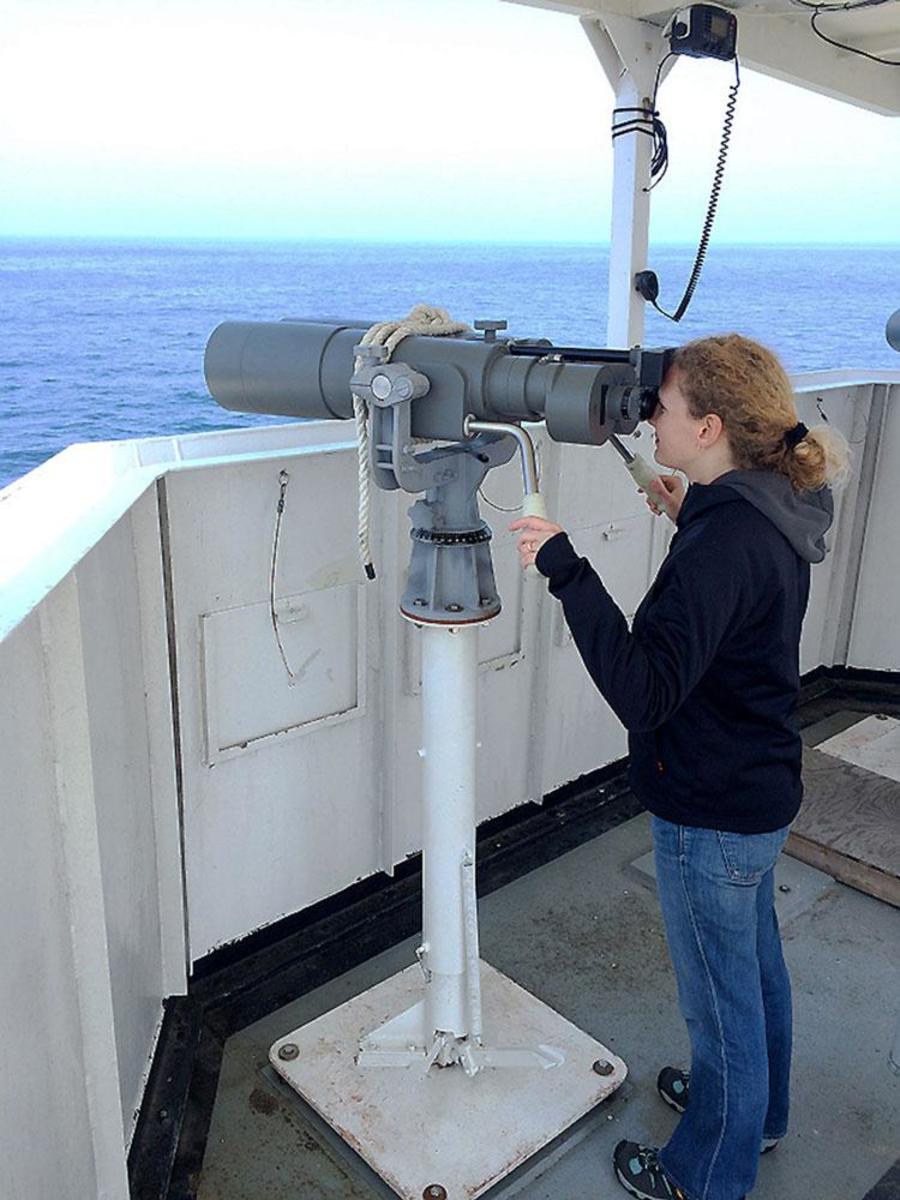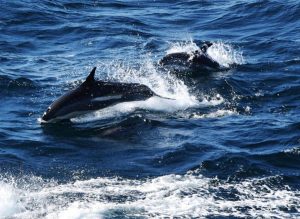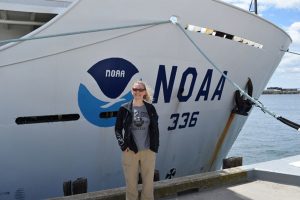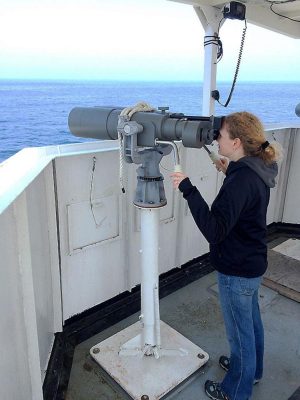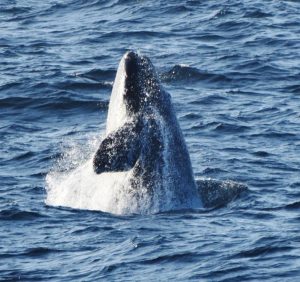WSC professor spends a month at sea
September 23, 2015
Summer vacation is a time looked forward to by students and teachers alike. Most spend their summer breaks working or completing internships, maybe going on a trip or two, but one Wayne State College professor truly had the experience of a lifetime.
Dr. Kelly Dilliard, who teaches geology and meteorology, spent a month at sea studying right whales. This opportunity was offered to her through National Oceanographic and Atmospheric Administration’s Teacher at Sea program.
“I saw an ad in a scientific journal and just decided to go for it,” Dilliard said.
The Teacher at Sea program aims to expose educators to real life scientific experiments and surveys. The idea is that these teachers will share their experiences with their students and give them an idea of what kind of jobs are available to them in different scientific fields.
“The Teacher at Sea program is normally reserved for primary school educators,” Dilliard said. “But because I educate a lot of teachers-to-be at WSC, they thought I would be a good fit.”
Dilliard assisted the NOAA with their Northern Right Whale Survey. She spent the month of May on a research ship that was stationed off the coast of Cape Cod. Dilliard used large binoculars to help the crew spot the whales while they were breaching the water. While several individuals—including a mother and a calf—were seen, efforts to tag a whale and retrieve a biopsy sample were not successful.
Right whales are an elusive and critically endangered species that have been hunted nearly to extinction. As such, they are not allowed to be approached by whale-watching boats in the United States. Government entities like the NOAA assist in the conservation of vulnerable species like the right whale.
While Dilliard and the crew of approximately 50 people didn’t experience any particularly bad weather while at sea, there were days when it was too foggy to spot whales and the water was choppy. But Dilliard, who also suffers from seasickness, wasn’t bothered once she got her sea legs.
“I wore a little bracelet called a Sea-Band and took a form of dramamine,” Dilliard said. “Both really helped. I felt sick the first few days, but I got used to the movements of the boat.”
Being stationed on the fishery vessel was not Dilliard’s first choice when signing up for the Teacher at Sea program, but she says it was a wonderful experience and it even helped her realize a childhood dream.
“As a child, I spent time in Hawaii and fell in love with humpback whales,” Dilliard said. “I wanted to become a biologist and study whales when I was growing up, but my career ultimately took a different path. So doing this research with the whales was really special to me.”
Dilliard also kept a detailed blog of her experiences and took many photos, all of which can be accessed through the NOAA website at http://teacheratsea.noaa.gov/#/2015/ Kelly*Dilliard/blogs.







